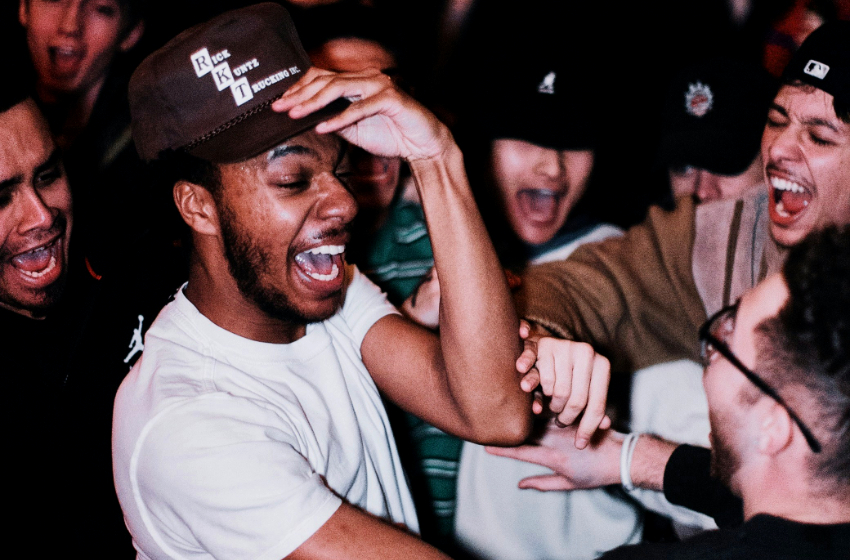
Group of adults cheer at 5% Possibility happening several times in a row
Cheers echoed through the dorms of Kansas State University in Manhattan, Kansas, when Kimmari Wright rolled a die and landed on the side marked 20. Other players whooped and clapped him on the back for successfully rolling the die in a manner where the most advantageous side was upright. “Nat 20!” they cried, as if any other number that could have been rolled would have been unnatural. “Now you get to roll damage twice, most likely resulting in a 3.5 point bump to the amount of hit points that will get subtracted from the ogre!” Though his damage roll was lower than the maximum damage possible from a single roll of the dice, the entire group agreed that it was better than having rolled one die.
Cheers got even louder when Wright proceeded to roll another 20 for his second attack, but celebration soon turned to conflict as they began to argue over whether such an occurrence was one-in-four hundred or just another one-in-twenty chance. “A roll of a twenty sided die has a five percent chance of rolling a 20 every time it rolls, no matter how often it happens,” said another player, rolling his die in front of him. “It’s no more or less likely than me rolling a 10 right after a 15!”
“But you have to consider the sample size,” said the GM. “If we treat the two rolls as a single grouping, then the chance of it happening is much less likely, and therefore cooler!” The group then spent several minutes arguing over whether you could retroactively declare two samples to be paired in such a way. Finally, after tempers had cooled, they allowed Wright to roll his damage. He rolled the two six-sided dice for a result higher than average, but not high enough to bring her four total d6 rolls to the 3.5 average, and lead to another argument over whether his higher rolls were “due.”

